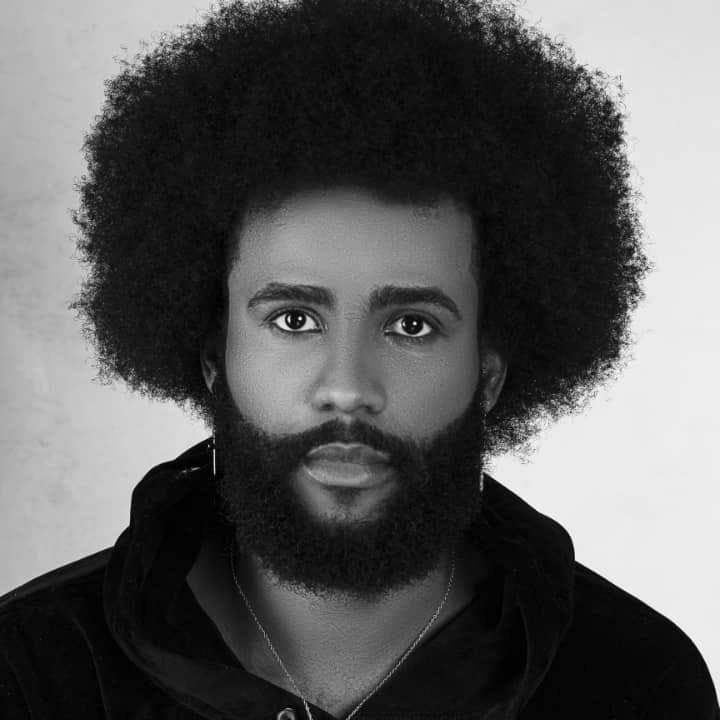Stan Ofisyèl
Tradiksyon: Bèta Hays ak Alain Sylla
Tan
pase
Kè k te brize yo repare
Tout doulè mwen yo efase
Wi mwen ka di mwen prepare
Time
passes
Hearts that were broken are repaired
All my pain is erased
Yes I can tell you I am prepared
Pa paske m an mank
Tout dlo je a yo tounen lank
Pou yon pi bèl istwa lanmou
on pi bèl istwa lanmou
Not because I'm lacking
All the tears turn into ink
For a more beautiful love story
A more beautiful love story
M vini pou m fè gran so a
Sa tante m, m pare,
M pa pè w ankò lanmou
M pa pè w ankò lanmou
I came
to make the big leap
That which entices me, I'm ready
I'm not afraid of love anymore
I'm not afraid of love anymore
Kè k te brize yo repare
Tout doulè mwen yo efase
Wi mwen ka di mwen prepare
Hearts that were broken are repaired
All my pain is erased
Yes I can tell you I am prepared
Tout dlo je a yo tounen lank
Pou yon pi bèl istwa lanmou
on pi bèl istwa lanmou
All the tears turn into ink
For a more beautiful love story
A more beautiful love story
Sa tante m, m pare,
M pa pè w ankò lanmou
M pa pè w ankò lanmou
That which entices me, I'm ready
I'm not afraid of love anymore
I'm not afraid of love anymore
M ap louvri kè m pou ba w antre
Sa tante m, m pare,
M pa pè w ankò lanmou
M pa pè w ankò lanmou
That which entices me, I'm ready
I'm not afraid of love anymore
I'm not afraid of love anymore
Lavi a reprann tout dwa li
Maladi sèl lanmou k geri
Mwen pliye anba pouvwa li
Life regains all its rights
A sickness that only love can heal
I fold under its power
Tout sa m ta renmen resevwa
Kite m chante yon lòt istwa
Chante yon lòt istwa
All that I would like to receive
Let me sing a different story
Sing another story
Menmsi 2 montay p ap jamè kwaze
Mwen rete kwè 2 kè ka kontre
Bon moun lan, nan bon moman an
Bèl istwa pou n rakonte
I still believe 2 hearts can meet
The right person, in the right moment
Beautiful story for us to tell
Flanm ki anndan mwen an ravive
Flanm ki anndan mwen an ravive
The flame that is inside me has revived
The flame that is inside me has revived
Se sèl lanmou ki bay lavi vre
Se sèl lanmou ki bay lavi vre
It is only love that makes life authentic.




